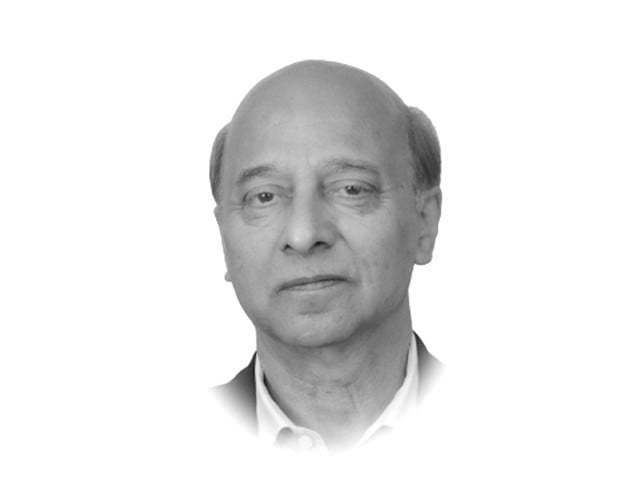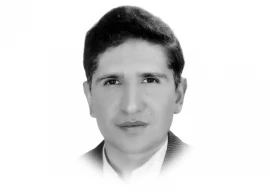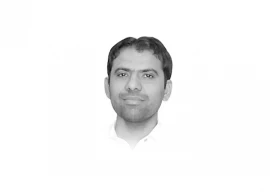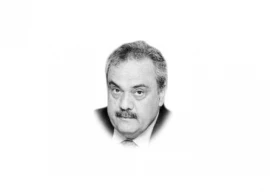
A rethink on big-ticket economic engagement under CPEC is underway in Beijing. This impression stems from recent interactions with Chinese regional affairs experts on Pakistan, Afghanistan, and India watchers. Until 2015, Beijing never bothered about Pakistan’s internal political dynamics. We deal with the country and not personalities, they used to say. Even the launch of the CPEC as the so-called flagship of President Xi Jinping’s BRI stemmed from Beijing’s unflinching faith in the friendship with Pakistan.
But as things began unfolding under CPEC, China figured out the socio-political realities of Pakistan — accentuated particularly by the ethnic divisions and the consequences of a multi-party system. The CPEC-related roadblocks eventually enforced a deeper study of Pakistan by the Chinese scholars and academia, who meanwhile have a much deeper understanding of the country. Objections by provinces to many CPEC projects and the ascendency of PTI in 2018 to power at the Centre injected a new element into the bilateral relationship.
These conversations with Chinese officials reveal a certain degree of frustration with Pakistan on at least ten counts.
First, the tardy decision-making rooted in the 19th-century elitist and centralised governance regime which is non-responsive to the need for quick, inclusive decision-making and swift implementation.
Second, there is a visible dislike of Pakistani leaders’ propensity to speak more and perform less. Chinese officials and academics hate to hear lofty phrases like “game-changer CPEC, geo-economics”.
Third, Chinese scholars think that federalism has either obstructed or slowed down the progress of some CPEC projects because approval and implementation procedures often involve the central and provincial governments.
Fourth, the political discord i.e. the status quo vs status quo. When analysing the country’s present-day political economy and the context for Sino-Pakistan relations, Chinese intellectuals draw a clear distinction among: a) Conventional political parties i.e. PPP, PML-N, JUI-F, b) Establishment, and c) PTI. They think the trio of forces are at war with one another, pulling the country apart with little consideration for the consequences and no hope for real reform.
Directly related to this is the concern about the growing reliance on the IMF, which appears to have become a tool for dictating the economic agenda. The IMF, they say, is the latest precipitating force restricting Pakistan from adopting a self-charted course for much-needed economic reforms.
Sixth, the traditional congruence of interest and comfort between the IMF and the World Bank on the one hand and the conventional mainstream status quo actors — PPP, PML-N, and the Establishment — on the other. Largely unquestioned, geo-politically conditioned funding by the international finance institutions (IFIs) had continued to flow until the emergence of the PTI, which distinguishes itself from the others with its anti-status quo ethos and a social welfare agenda.
Seventh, this confluence of interests has resulted in a visible tilt of the ruling elites to the West, where the civil-military bureaucracy feels more comfortable than in China. Education and training in the West are often seen as the best ladder for upward mobility in careers at home.
The eighth frustration relates to family politics. They ask: why are Pakistanis condemned to be ruled by two families only? They argue that family politics seem to stymie the growth of younger, talented and deserving leadership that the country needs. It obstructs leadership rejuvenation.
Ninth, in the eyes of Chinese academia and officials, the Establishment remains the lynchpin in Pakistan’s security matrix — a force that they believe has held Pakistan together. However, they also feel that the Establishment’s predominance in the political economy negatively impacts the country’s socio-economic growth.
Can the Establishment step back from politics and corporate commercial activities?
In China, President Hu Jin Tao began pushing the military away from business ventures to modernise itself in the face of challenges from the US-led West. President Xi followed up and openly asked the military to disengage from commercial activities and focus on turning itself into the iron wall for the defence of China. The objective was for the military to focus on its primary task of safeguarding the country against external threats. Is the same possible in the case of Pakistan? This is a question resonating among think-tanks in China.
The tenth concern is linked to the CPEC projects, which stands out as the biggest source of frustration. With the Chinese circular debt topping Rs500 billion, delayed payments, administrative hurdles in the way of repatriation of profits, and idle power plants set up by Chinese companies seem to have compelled a rethink on CPEC Phase-II.
Ten years on, many Chinese expectations associated with CPEC have gone sour — a journey of lofty rhetoric and shallow promises by Pakistani leaders and less inclination to implementation and reform required for desired economic progress.
Officials and analysts in Beijing sound less optimistic about the second phase of CPEC. They point out that most projects in the first phase suffer from deficient performance, underutilisation, or dysfunction. The major reasons for that are the poor absorption and performance capacity and the country’s inability to honour its financial obligations. The power sector’s circular debt is a glaring example. Chinese investors see it as a waste of resources, time, and, of course, existing capacity.
For Chinese officials, the foremost challenge is making existing projects effectively functional — an apparent precondition for commitment to financing new projects. Why waste money and time when optimum utilisation and output are not certain?
For Chinese officials, the primary challenge is to ensure that existing projects are effectively functional, an apparent precondition for committing to financing new projects under CPEC Phase II. Why waste money and time when the optimal utilisation and output are uncertain?

1732090022-0/Elmo-and-Amelia-(1)1732090022-0-405x300.webp)
1725523665-0/Minecraft-Movie-(1)1725523665-0-165x106.webp)

1732089759-0/BeFunky-collage-(75)1732089759-0-165x106.webp)







COMMENTS
Comments are moderated and generally will be posted if they are on-topic and not abusive.
For more information, please see our Comments FAQ